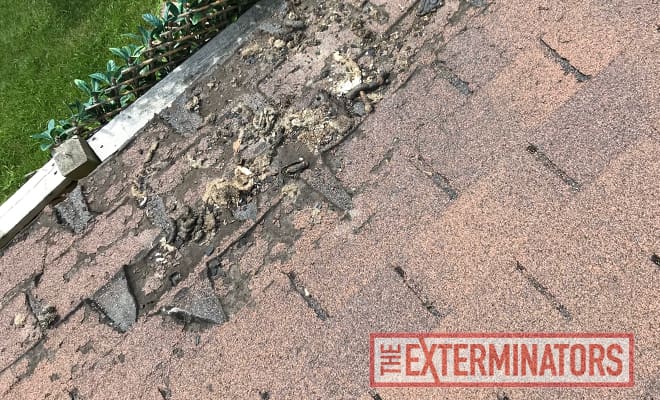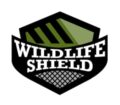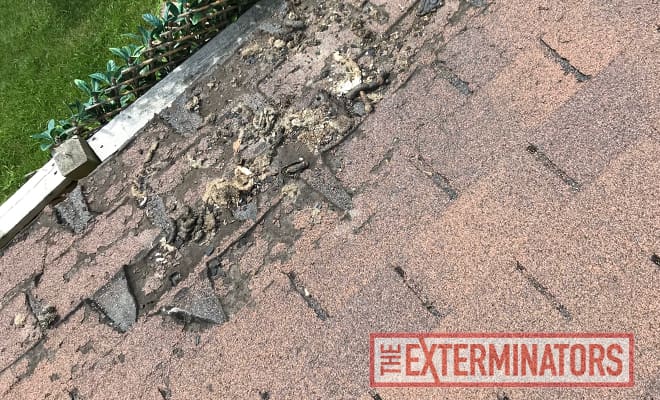Meadowvale, Mississauga 2020
This article will analyze and recount the call for raccoon feces and will and will go through the steps that the technician took during the case in Mississauga in 2020.
Exterior Inspection
The technician was dispatched to Mississauga and was told by the homeowner that there were raccoon feces on her shed. Raccoons are a very common sight in the Peel Region and in the surrounding cities of the Greater Toronto Area. Raccoons are somewhat of a nuisance in urban areas seeing that they have completely adapted to urban life and causing nothing but mayhem wherever they go. An unfortunate byproduct of their raccoon antics is the number of feces they leave behind on private properties all throughout Mississauga and other surrounding cities.
As the technician was dispatched, he began removing feces from a backyard shed. The technician noted that the feces left behind on the shed were worth a grocery bag. Precautions must be taken beforehand to ensure the technician’s safety.

Initial measures taken
Before removing the raccoon feces, the technician has been making sure that his safety is not compromised. It may seem like an exaggeration, but truth to be told, raccoon feces are highly toxic organic waste. You can be infected through direct or indirect exposure. Raccoons are known as vector species of disease that carry a host of viruses with them whenever they go. One of them is infamous rabies. Although the technician is not at risk of contracting rabies while removing feces, it is important to note that raccoons are indeed dangerous animals no matter how lovable they may look. One of the biggest risks dealing with raccoon feces is the chance of being infected by ringworm eggs and contracting irreversible brain damage, eye damage, and overall nervous system damage which can debilitate many with ease. Not only that, but accidentally ingesting the minuscule eggs can also be proven fatal.
To make sure this does not happen, the technician is geared up with Personal Protective Equipment which entails that he wears a full-body jumpsuit, goggles, and a respirator mask.
The first course of action in the process is feces removal. The feces are removed and carefully put into a leak-proof bag. Once the feces are taken away and disposed of properly, the technician is then ready for the second step in the process, disinfection. The disinfectant used was a botanical disinfectant which means that all the active ingredient originates from natural ingredients. The formulation is concentrated and then dispersed through a nozzle using pressure.
Conclusion
After having removed the feces and disinfected the area, the area is then deodorized. It means that the smells that are present are neutralized with the help of a deodorizer. The smell that is left behind by raccoons is often described as rancid, sharp, and ammonia-like. You can recognize raccoon poop by the seeds they seem to have in them. These are the seeds of berries and are the size of dog poop. The smell can be even worse when there is urine in the mix which is always the case in these circumstances. Raccoon feces should always be handled by a professional who has access to proper tools and equipment. Taking action by yourself is highly discouraged due to the toxic nature of the feces.

